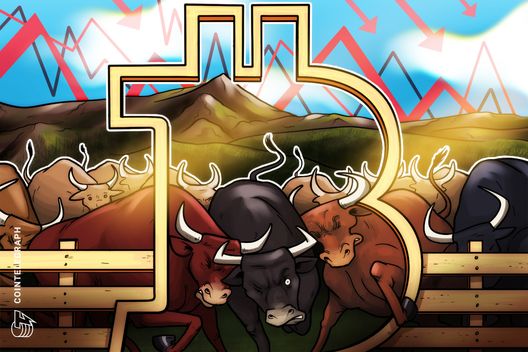Recent developments in the U.S. have brought unexpected scrutiny to Federal Reserve Chairman Jerome Powell, with forecasts from credit rating agencies raising eyebrows about the country’s economic health. This unusual circumstance is paired with growing uncertainty regarding Powell’s role, spurred by former President Donald Trump’s mixed signals and covert efforts to erode his standing. The complexity of these political maneuvers is a significant concern for Powell, especially as pivotal shifts occur in the cryptocurrency sector.
What is the Impact of Washington’s Internal Conflicts?
Powell currently finds himself in the crosshairs of Republican bureaucrats, with a Justice Department complaint filed against him. Accusations focus on alleged fraud during reconstruction efforts and rebuttals concerning procedural critiques. The urgency for Trump to justify any decision to replace Powell is evident, as the potential market ramifications could be severe without a solid basis for such a move.
President Trump, aware of these potential repercussions, has publicly denied any intention to oust Powell. White House Spokesperson Leavitt emphasized the President’s stance, urging Powell to reduce interest rates while dismissing fears of deficit spikes from tax cuts. Furthermore, the administration remains open to negotiations with Iran, signaling a multi-faceted approach to foreign and domestic policy.
How Does Fitch View the U.S. Economy?
Fitch Ratings, a notable global credit agency, has cast a skeptical eye on the U.S. economic outlook, warning of slowed growth and persistent high interest rates. The agency acknowledged lessened recession risks due to easing U.S.-China trade tensions, yet cautioned about weakened business and consumer sentiment.
The projections from Fitch have been adjusted, with an increase in the GDP growth forecast for 2025 from 1.2% to 1.5%, although expectations lean towards deceleration through the year. Fiscal policies, particularly the tax changes initiated on Independence Day, may exacerbate the debt situation to an alarming 135% of GDP by 2029.
Concerns extend to certain financial sectors, with predictions of rising default rates on high-yield bonds and leveraged loans up to 6.0% by year’s end, signaling potential turbulence ahead for U.S. financial markets.
- Fitch Ratings anticipates 1.5% GDP growth in 2025, revised up from 1.2%.
- Forecasted debt-to-GDP ratio of 135% by 2029 due to recent fiscal policies.
- Expected increase in default rates on U.S. high-yield bonds to 4.0-4.5%.
- Leveraged loan defaults may rise to 5.5-6.0% by the end of the year.
These international and domestic pressures present a multi-layered challenge for Powell and the Federal Reserve, as they navigate the political currents and economic forecasts that dictate the path forward for the U.S. economy. Powell’s capability to steer through this storm will be pivotal in shaping both his legacy and the nation’s financial stability.
Disclaimer: The information contained in this article does not constitute investment advice. Investors should be aware that cryptocurrencies carry high volatility and therefore risk, and should conduct their own research.
















 English (US)
English (US)